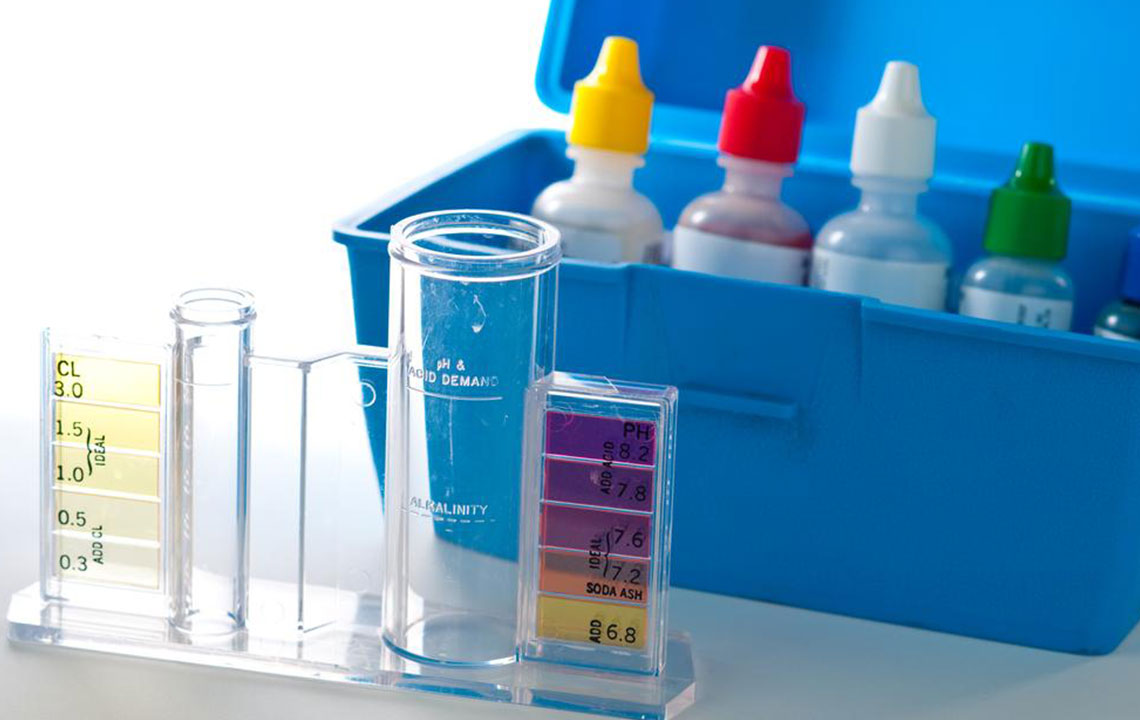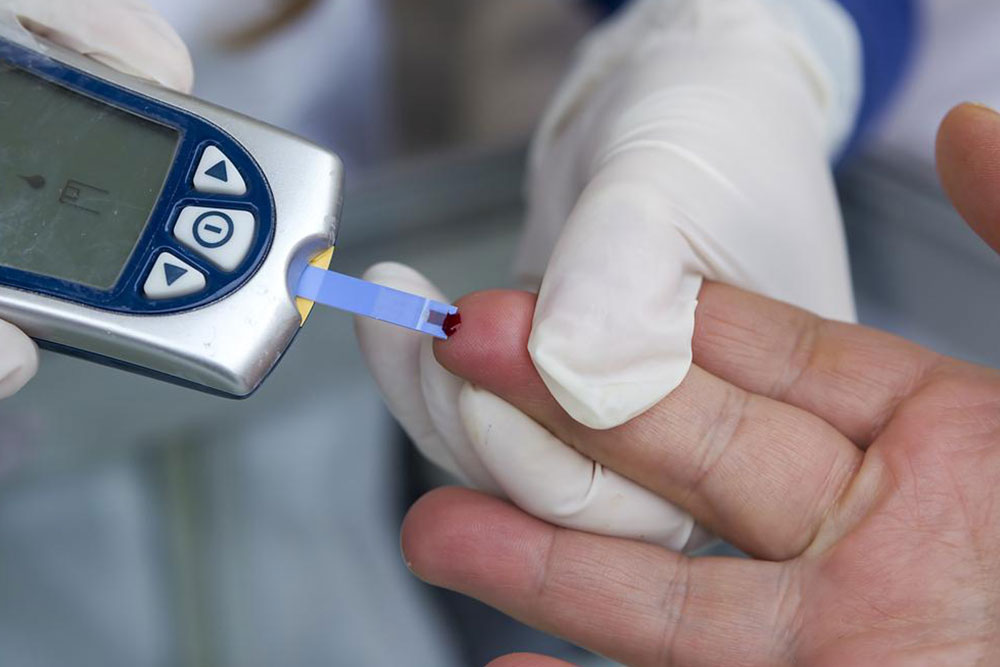Comprehensive Guide to the A1C Blood Test and Its Critical Role in Diabetes Management
This comprehensive guide explains the importance of the A1C blood test in diabetes management. It details how the test works, recommended testing frequencies, interpreting results, and strategies to keep A1C levels within target ranges. Incorporating lifestyle changes alongside medical advice can help improve long-term blood sugar control and prevent complications. Understanding and monitoring your A1C is essential for maintaining overall health and preventing diabetes-related risks.

Understanding the Significance of the A1C Blood Test in Diabetes Care
The A1C blood test is an essential diagnostic and monitoring tool widely used by healthcare professionals to assess long-term blood glucose control in individuals with diabetes. By measuring the percentage of hemoglobin coated with sugar (glycated hemoglobin), this test offers valuable insights into the average blood glucose levels over the past two to three months. Maintaining optimal A1C levels is crucial in reducing the risk of diabetes-related complications such as cardiovascular disease, nerve damage, and kidney issues.
How the A1C Test Works
The test measures the percentage of hemoglobin molecules in red blood cells that are glycated, providing an overview of blood sugar levels over an extended period.
Since red blood cells have an average lifespan of about three months, the A1C reflects blood sugar control during this timeframe.
This makes it a valuable indicator for evaluating how well diabetes management strategies are working over the medium to long term.
Understanding how often you should get tested is vital for effective disease management. The recommended testing frequency varies depending on individual health status and diabetes type.
Recommended Testing Frequency
Individuals diagnosed with type 1 diabetes should undergo the A1C test approximately 2 to 3 times per year to closely monitor blood glucose control.
People with insulin-dependent type 2 diabetes are generally advised to have the test at least four times annually, aligning with routine diabetes management protocol.
Those with well-controlled blood sugar levels who are not on insulin therapy might need testing less frequently, around twice a year, based on healthcare provider recommendations.
Individuals identified as prediabetic should have their A1C levels checked annually to observe any progression or improvement.
The A1C test assesses hemoglobin's glycation state to determine what the average blood glucose levels have been over roughly the past three months. Since red blood cells live approximately 120 days, the test provides a comprehensive view of blood sugar management during this period. Elevated A1C levels indicate poor blood sugar control, which heightens the risk of developing diabetic complications, whereas lower levels suggest effective management.
Interpreting A1C Results
Normal blood sugar control is generally considered below 5.7%.
Diabetes diagnosis is confirmed when A1C is at or above 6.5%.
Prediabetes is indicated by A1C levels ranging from 5.7% to 6.4%.
It’s important to note that individual target A1C levels may vary based on personal health conditions, age, and other factors. Therefore, setting personalized goals should always be conducted in consultation with healthcare professionals.
Strategies to Manage and Lower A1C Levels
For individuals with elevated A1C readings, healthcare providers typically recommend a combination of lifestyle modifications and medication adjustments to optimize blood sugar control. Key strategies include:
Adopting a balanced, low-glycemic diet that emphasizes whole grains, lean proteins, vegetables, and limit processed sugars.
Engaging in regular physical activity, aiming for at least 150 minutes of moderate exercise per week to improve insulin sensitivity.
Adhering to prescribed medications or insulin therapy to help maintain target blood glucose levels.
Monitoring blood sugar levels regularly to detect anomalies early and adjust treatment accordingly.
Implementing behavioral changes such as weight management, stress reduction techniques, and smoking cessation.
In summary, the A1C blood test offers a comprehensive picture of long-term blood sugar control, playing a pivotal role in the management of diabetes. Regular testing, combined with personalized lifestyle and medication plans, can significantly reduce the risk of complications and improve quality of life. Understanding your A1C levels and working closely with your healthcare team ensures effective management of diabetes and related health issues.




